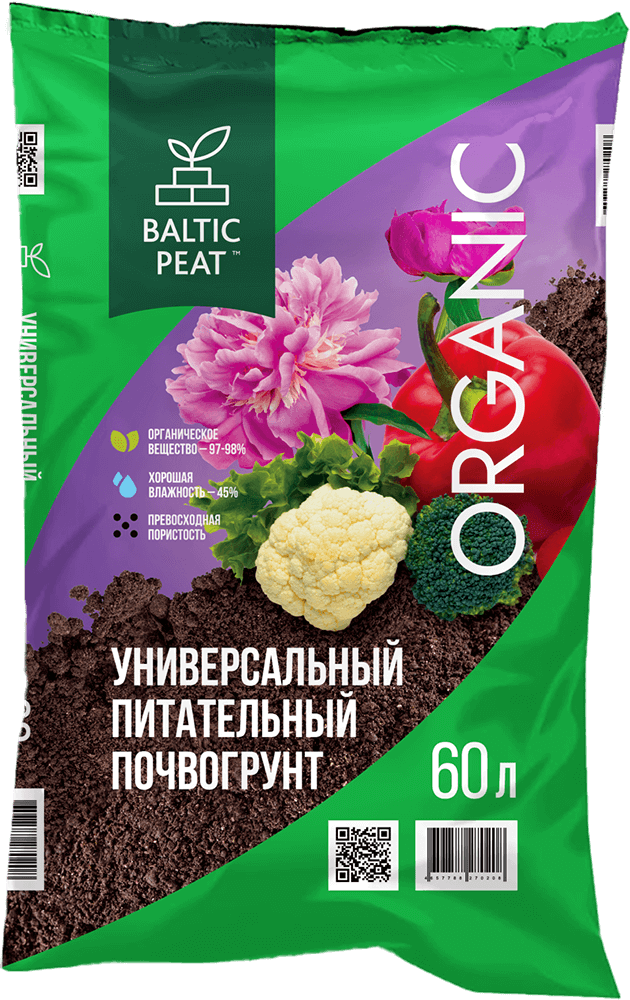
Order peat
Just type your contacts
It's totally free
Organic 98%
Structure: 0-10, 0-20, 0-40, 20-40
Decomposition: H2-H4
Chemical characteristics: conductivity EC < 0,2 mS/cm; pH 2,5 – 4,5 (H2O)
Packaging: 60 L, 250 L, Big Bale
Available for cultures: blueberries, trees, conifers trees, rhododendrons, azaleas
Other means of usage: bedding for animals, bio toilets
Structure: 0-10, 0-20, 0-40, 20-40
Decomposition: H2-H4
Chemical characteristics: conductivity EC < 0,2 mS/cm; pH 2,5 – 4,5 (H2O)
Packaging: 60 L, 250 L, Big Bale
Available for cultures: blueberries, trees, conifers trees, rhododendrons, azaleas
Other means of usage: bedding for animals, bio toilets
White milled sphagnum peat moss




Organic 95%
Structure: 0-10, 0-20, 0-40, 20-40
Decomposition: H2-H4
Chemical characteristics: conductivity EC < 0,3 mS/cm; pH 5,5 – 6,5 (H2O)
Packaging: 60 L, 250 L, Big Bale
Cultures: flowers, vegetables, fruits, greens, seeding and potting subtracts, strawberries, landscaping, gardening
Structure: 0-10, 0-20, 0-40, 20-40
Decomposition: H2-H4
Chemical characteristics: conductivity EC < 0,3 mS/cm; pH 5,5 – 6,5 (H2O)
Packaging: 60 L, 250 L, Big Bale
Cultures: flowers, vegetables, fruits, greens, seeding and potting subtracts, strawberries, landscaping, gardening
Neutralized milled sphagnum peat moss


Packaging: 60 L, 250 L, Big Bale
Peat substrates






There are 3 types of peat substrate:
Professional
Premium
Your own recipe
Organic: 95%
pH: 5,5-6,5
Conductivity: 1,2 mS/cm
Composition of peat substrate: Complex mineral fertilizer is added NPK+Mg: 140/160/180+2
+wetting reagent FibaZorb +
+agroperlit
pH: 5,5-6,5
Conductivity: 1,2 mS/cm
Composition of peat substrate: Complex mineral fertilizer is added NPK+Mg: 140/160/180+2
+wetting reagent FibaZorb +
+agroperlit
Organic: 95%
pH: 5,5-6,5
Conductivity: 1,2 mS/cm
Composition of peat substrate: PGMix is added NPK + Mg: 120/140/240+2
+wetting reagent FibaZorb
+agroperlit
pH: 5,5-6,5
Conductivity: 1,2 mS/cm
Composition of peat substrate: PGMix is added NPK + Mg: 120/140/240+2
+wetting reagent FibaZorb
+agroperlit
Organic: 95%
pH: 5,5-6,5
Conductivity: 1,2 mS/cm
Composition of peat substrate: Your choice of the peat substrate’s composition
pH: 5,5-6,5
Conductivity: 1,2 mS/cm
Composition of peat substrate: Your choice of the peat substrate’s composition
Our peat is a sustainable, clean feedstock: free of pathogens and favorable for the development of plant roots.
1
Unique high-moss sphagnum peat of Baltic origin
2
Excellent porosity
3
Low degradation level
4
High moisture-holding capacity, good adsorbing ability
16 mln. m³
proven peat reserves
at 2 deposits
at 2 deposits
750 ha
of licensed areas for peat production at 2 deposits in Leningrad Region, Russia
(for more than 50 years)
(for more than 50 years)
+ 12 mln. m³
potential peat reserves at the second deposit
+ 600 ha
expansion potential of the second deposit in the vicinity of Bronka port over 3-5 years




